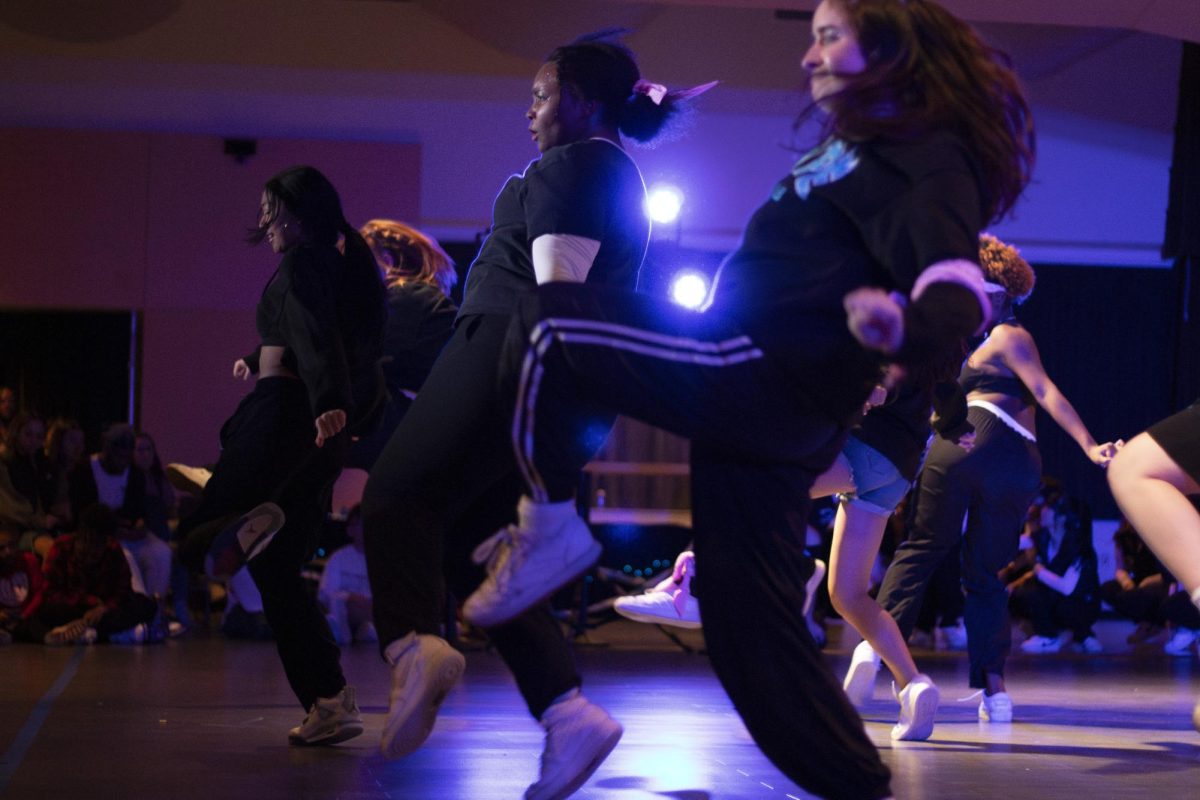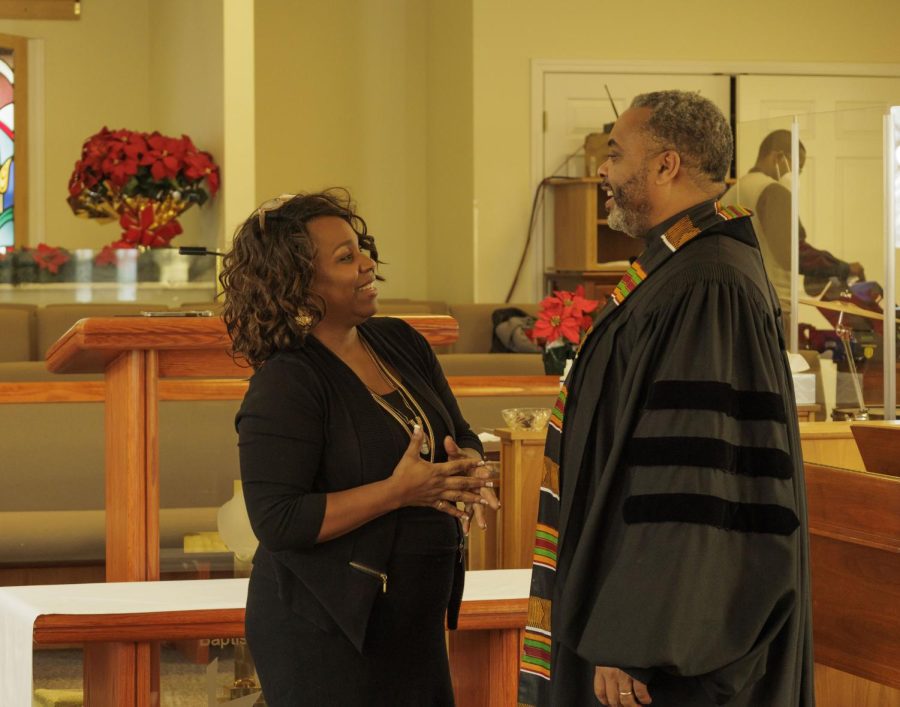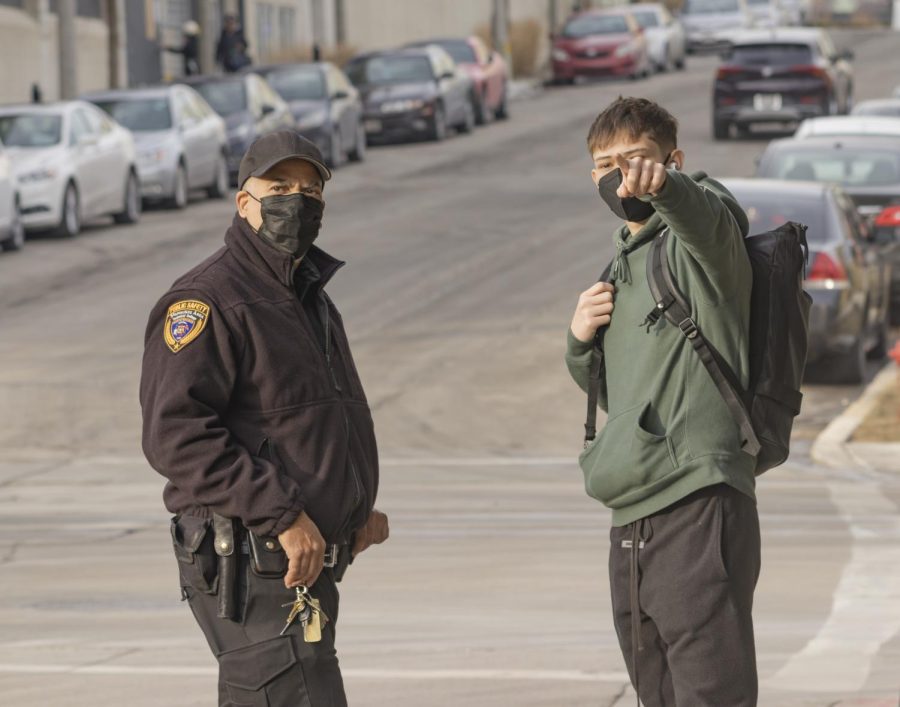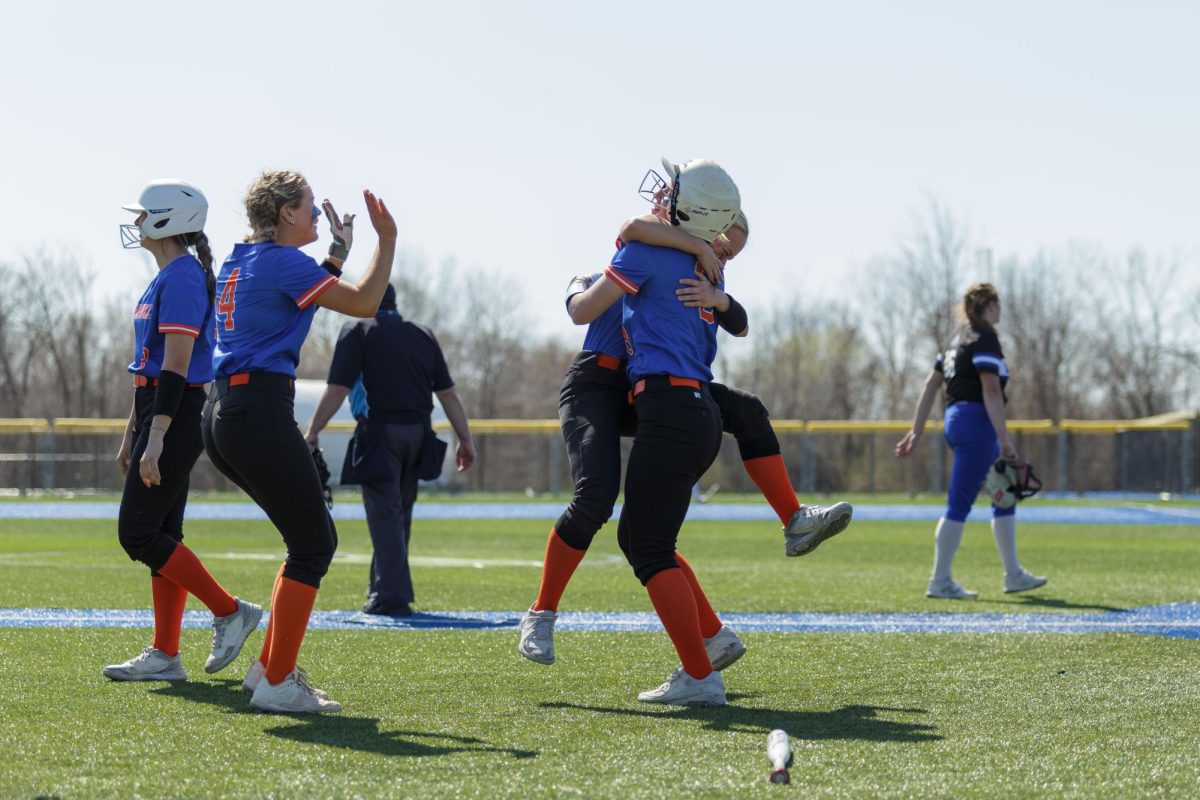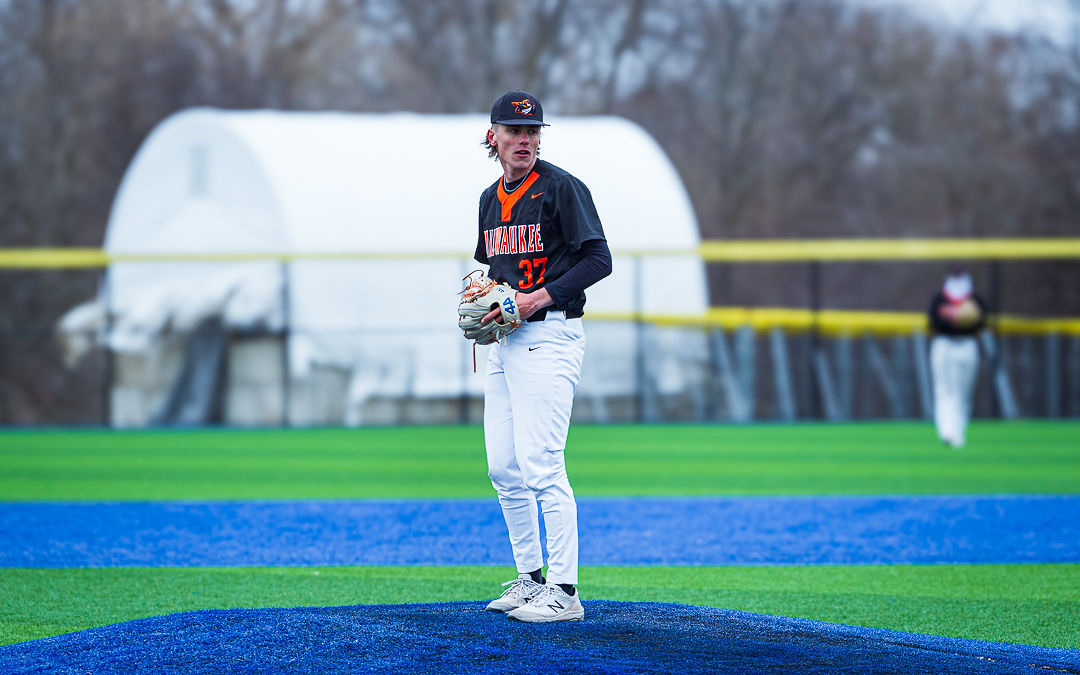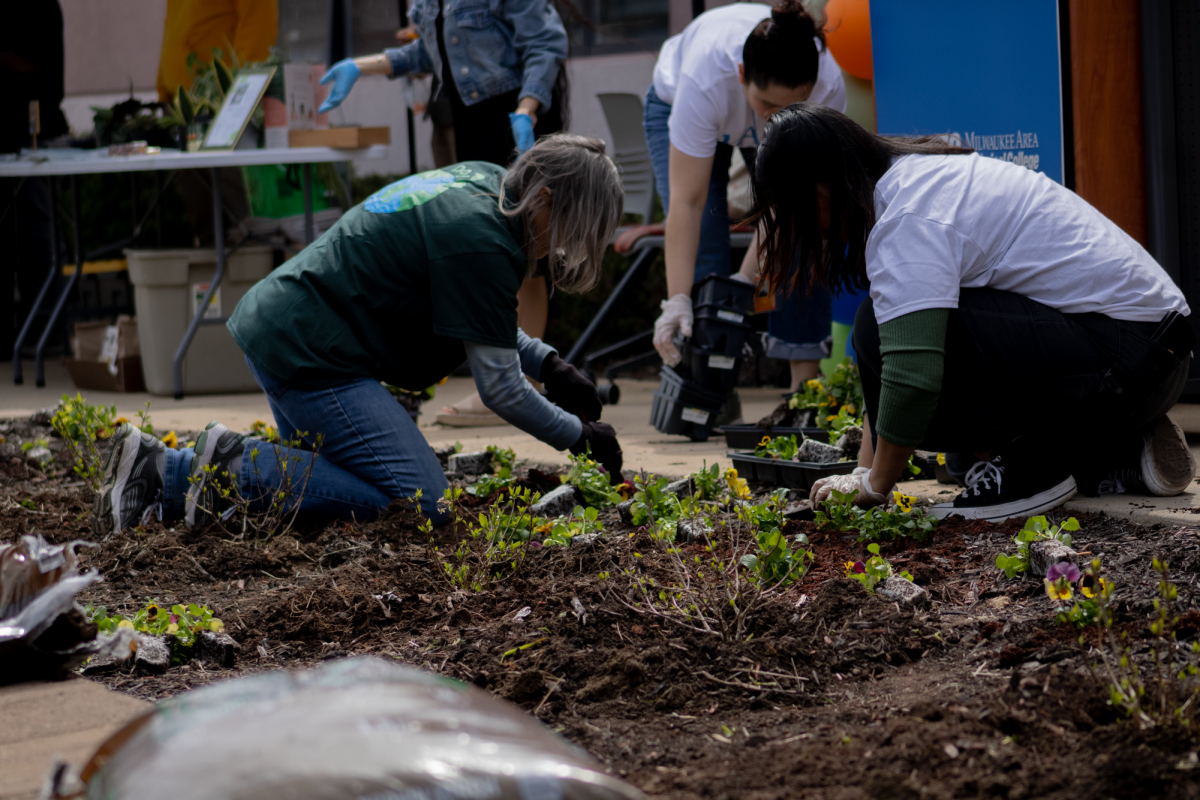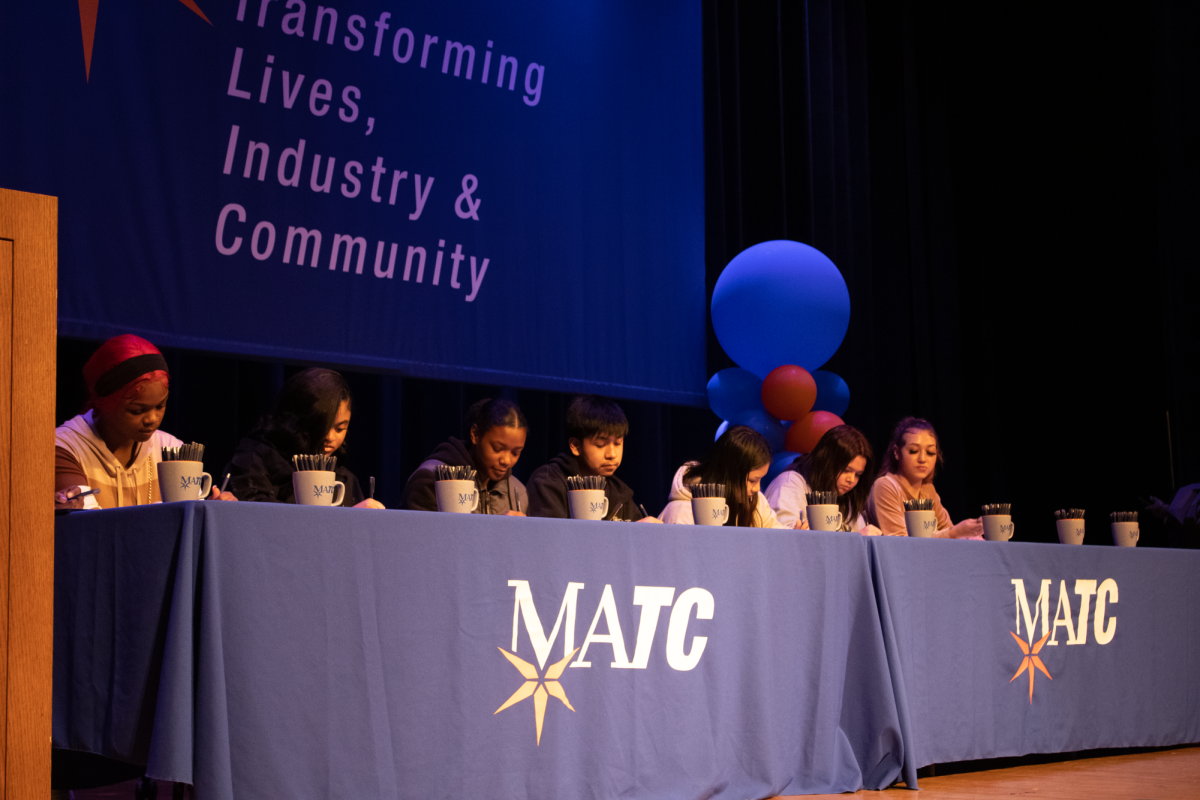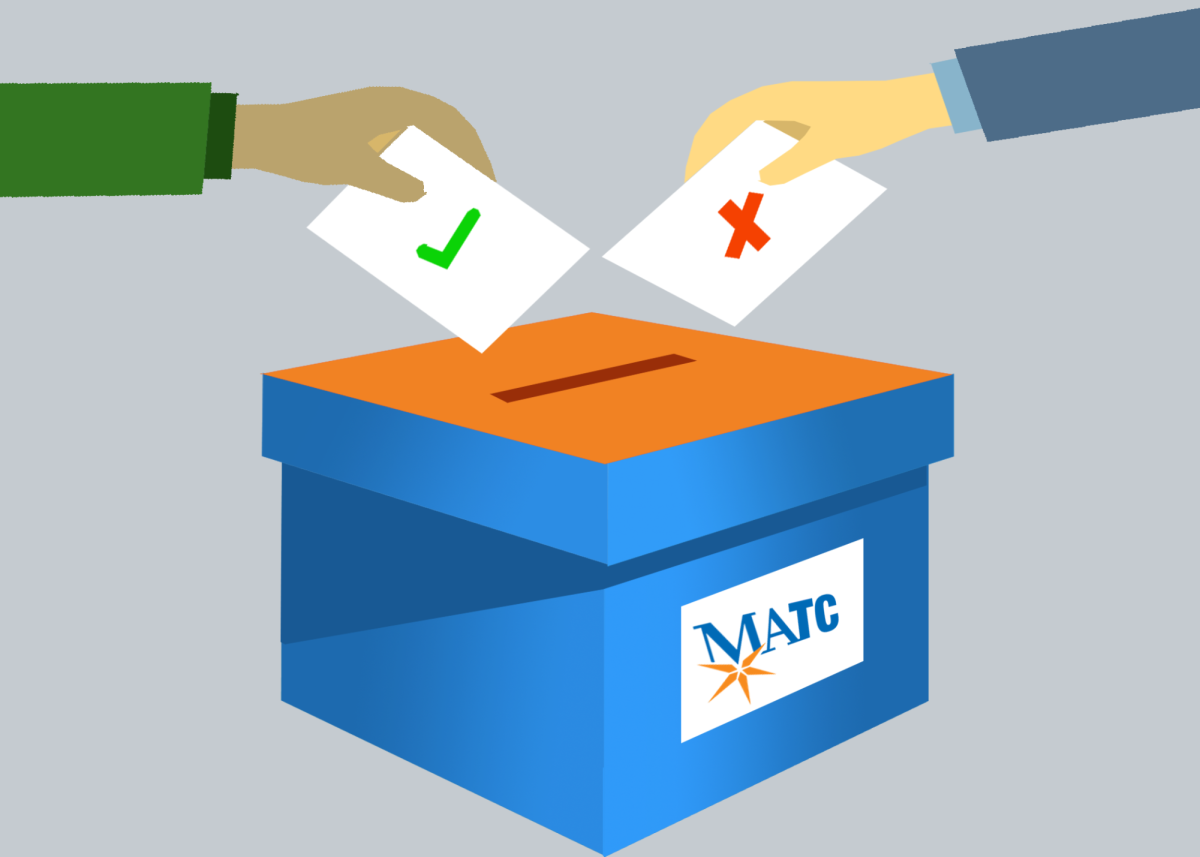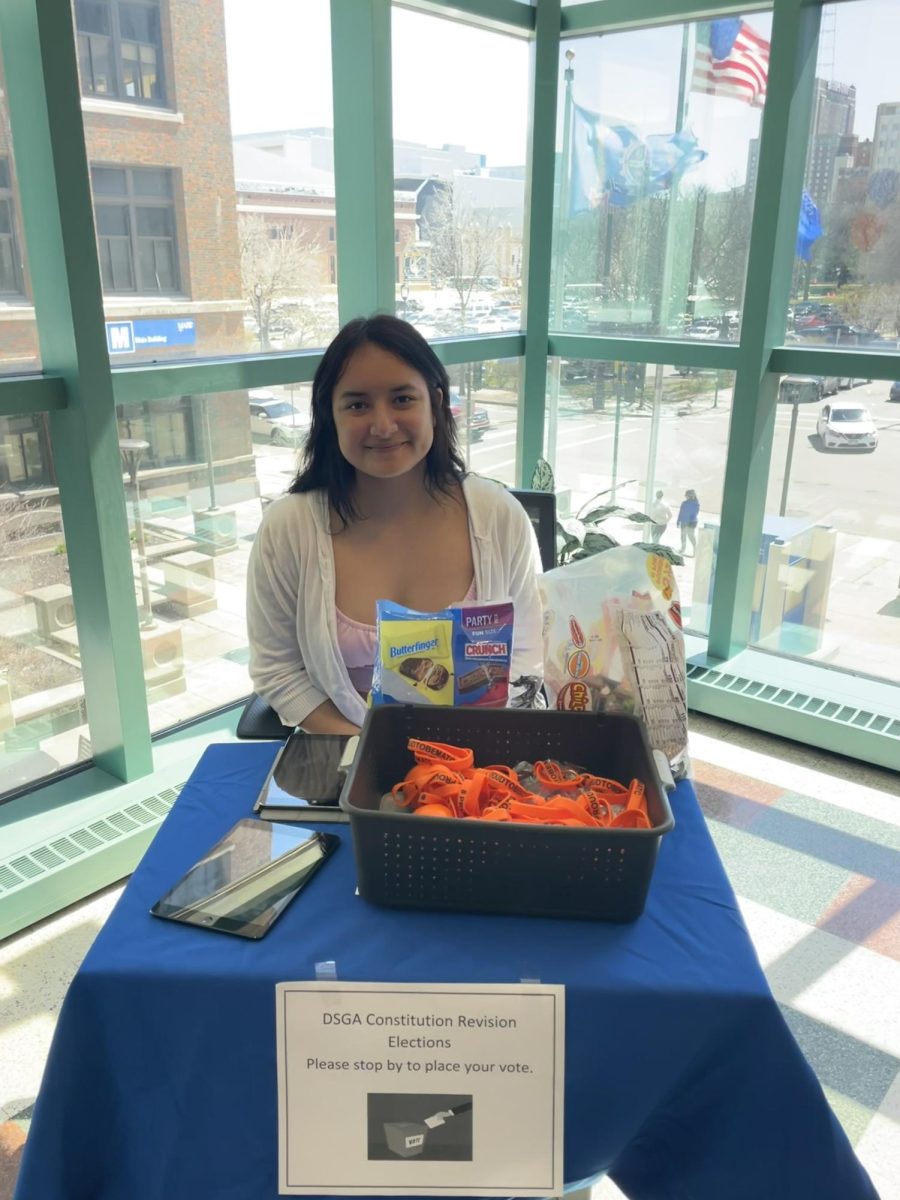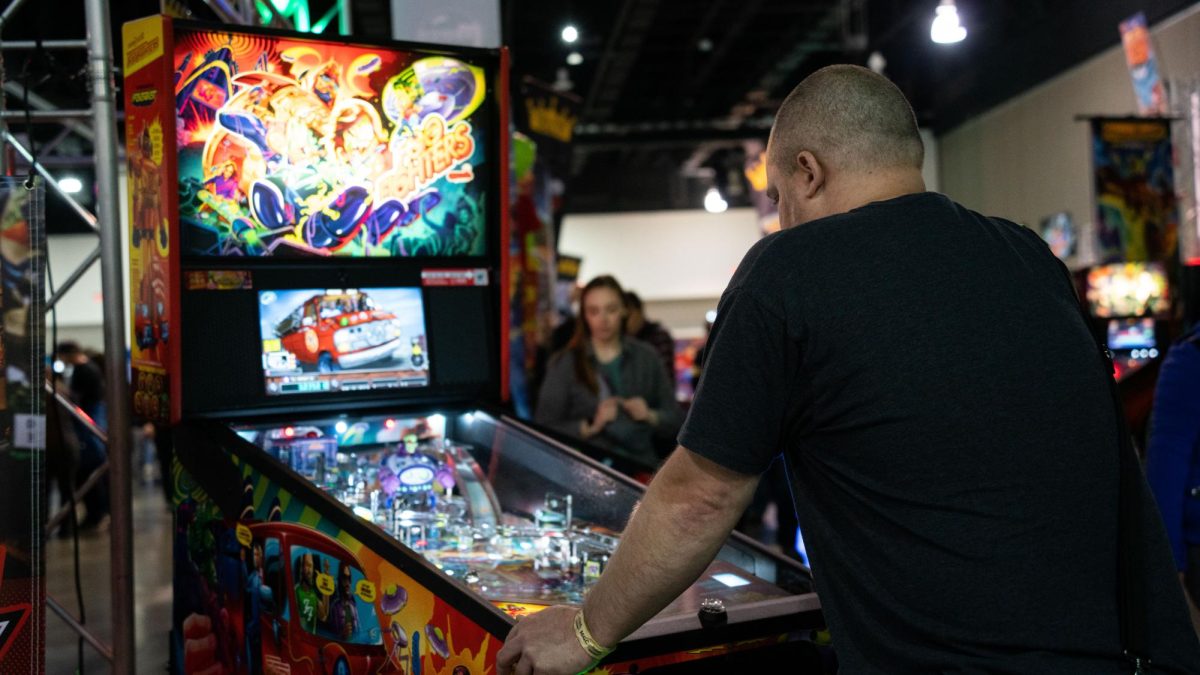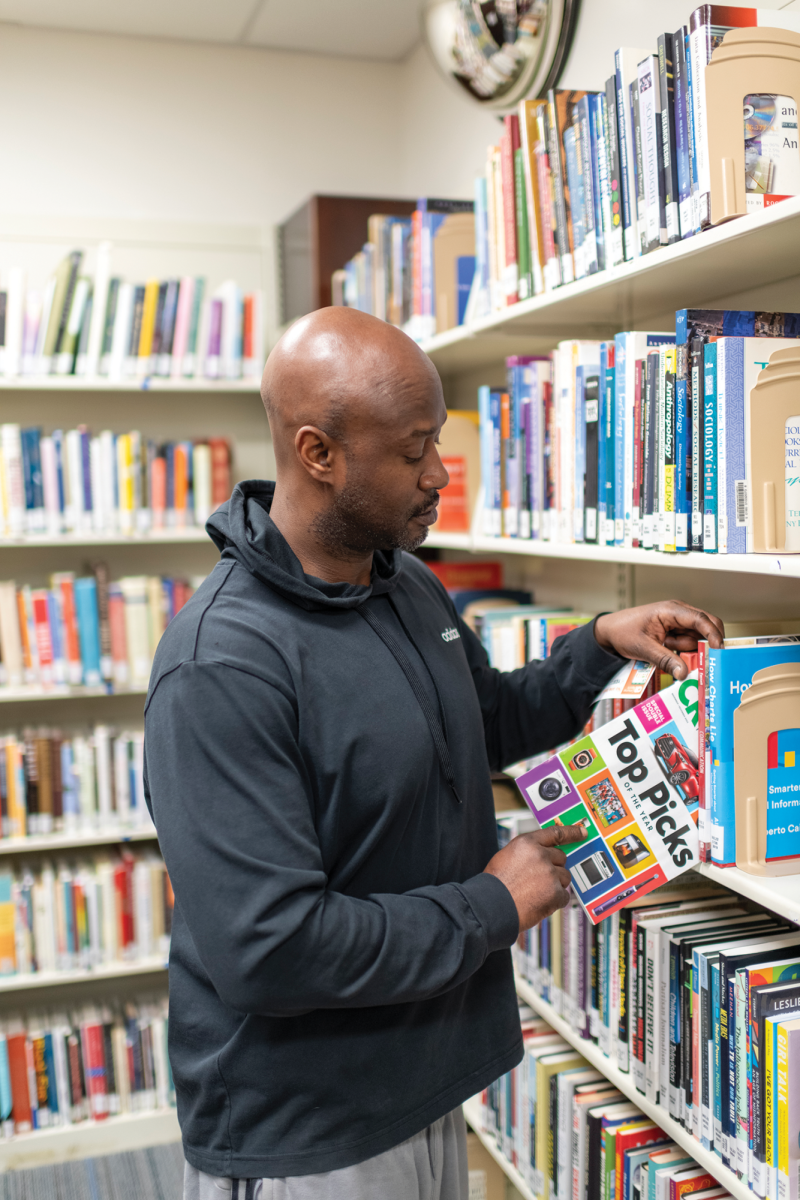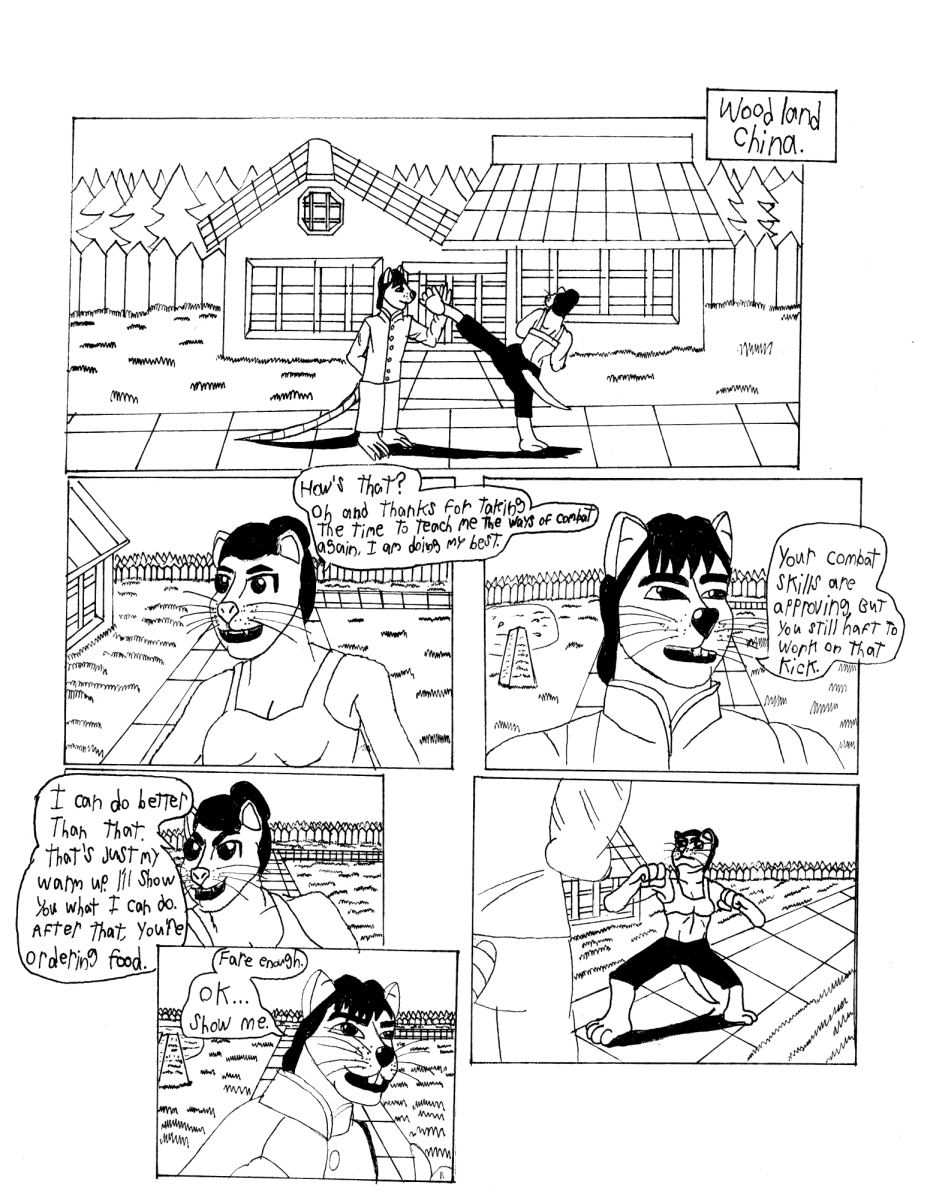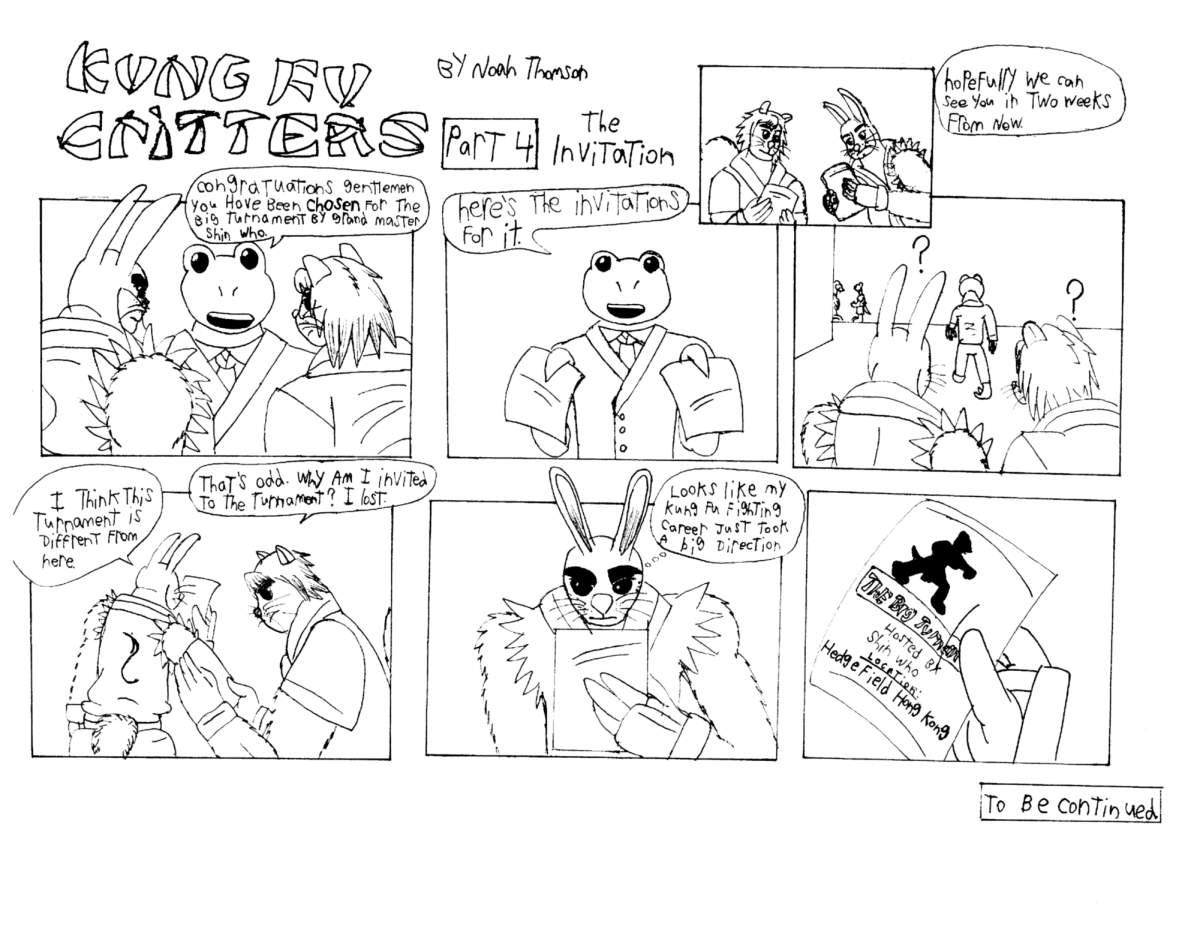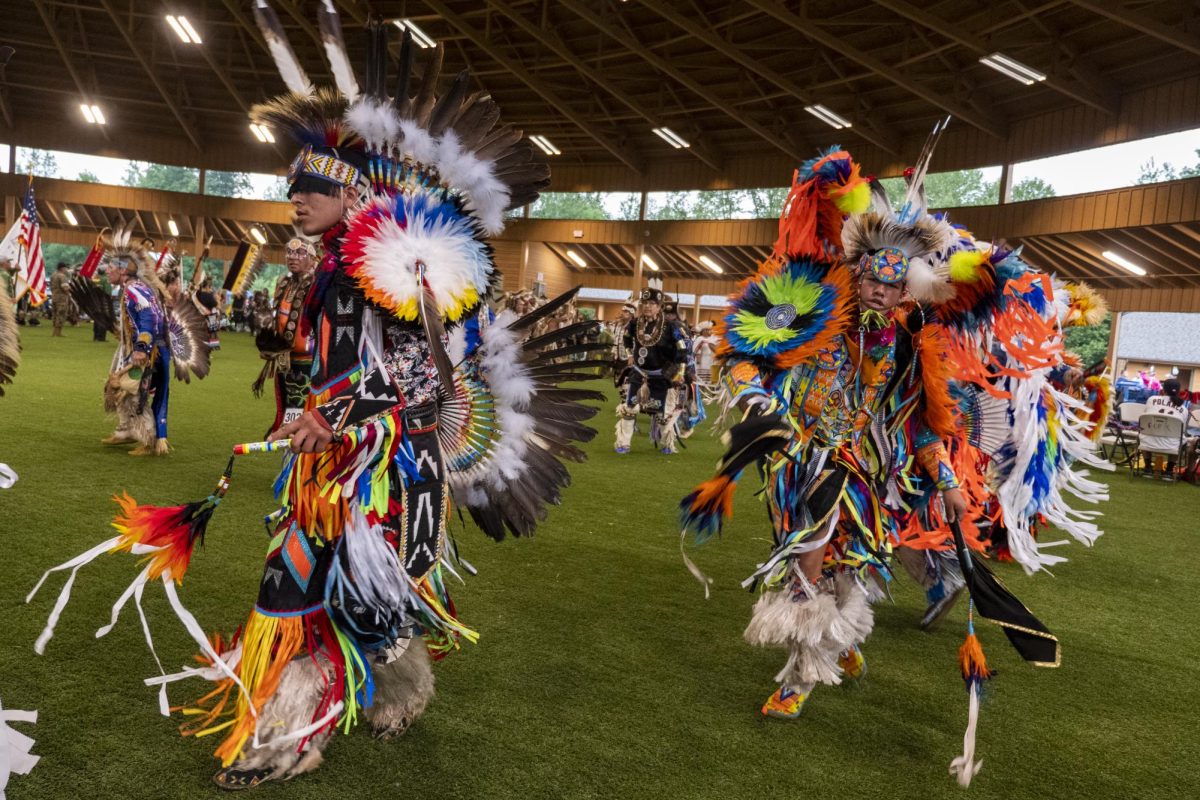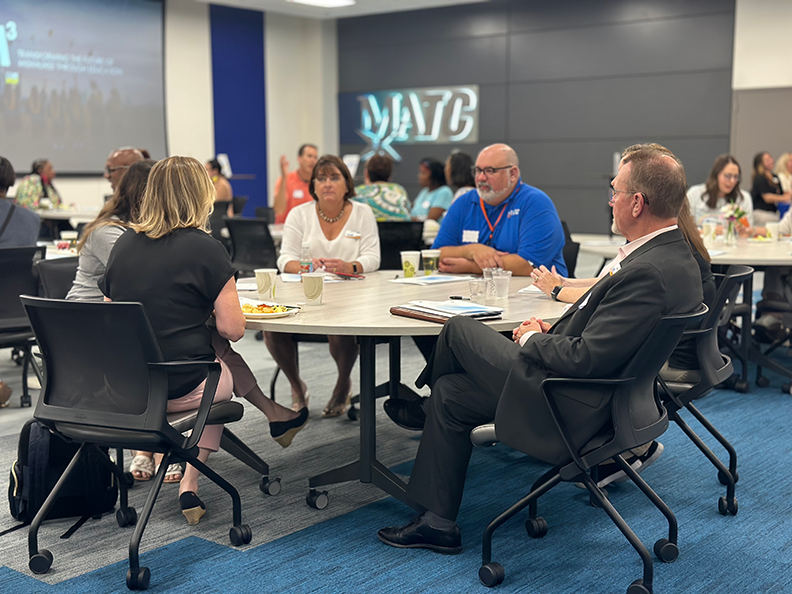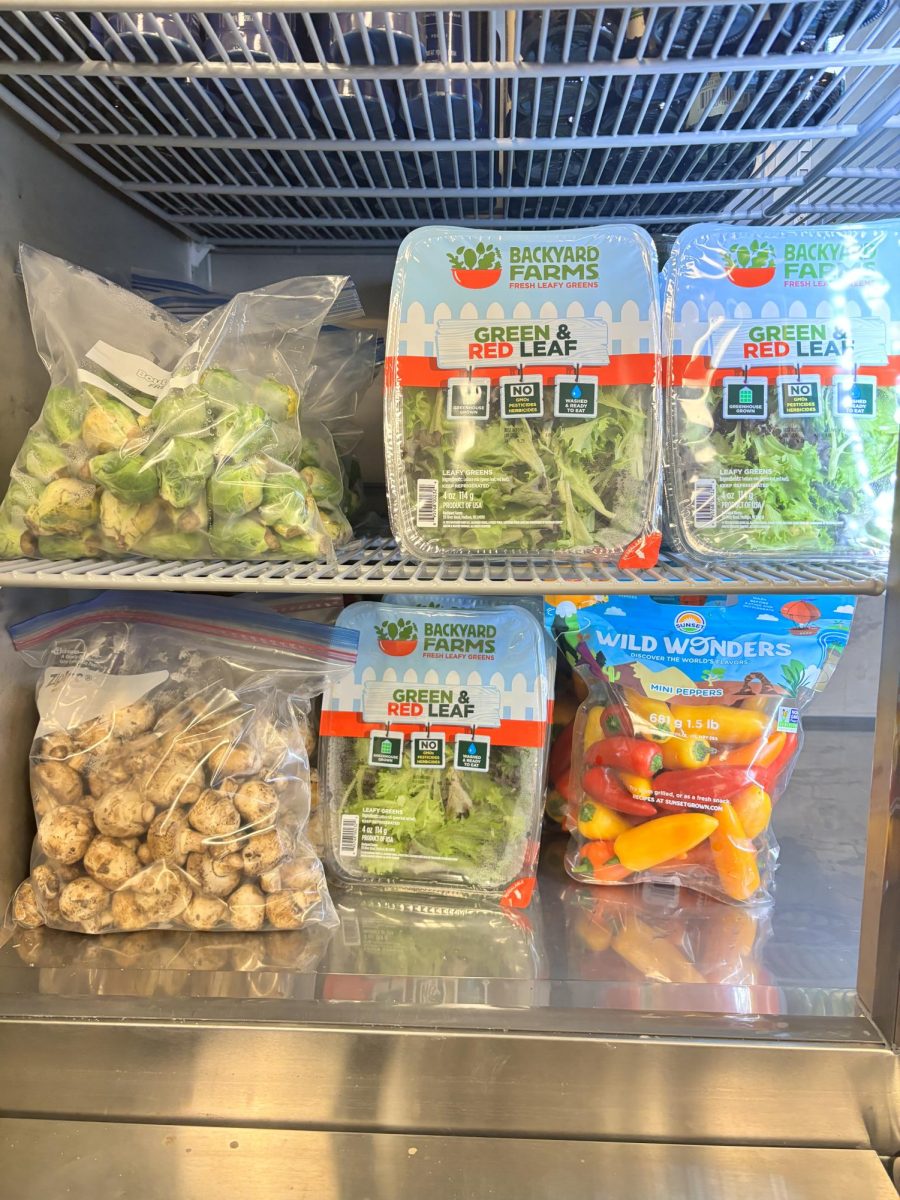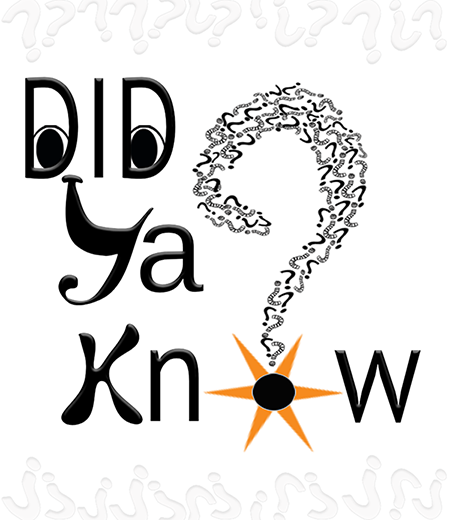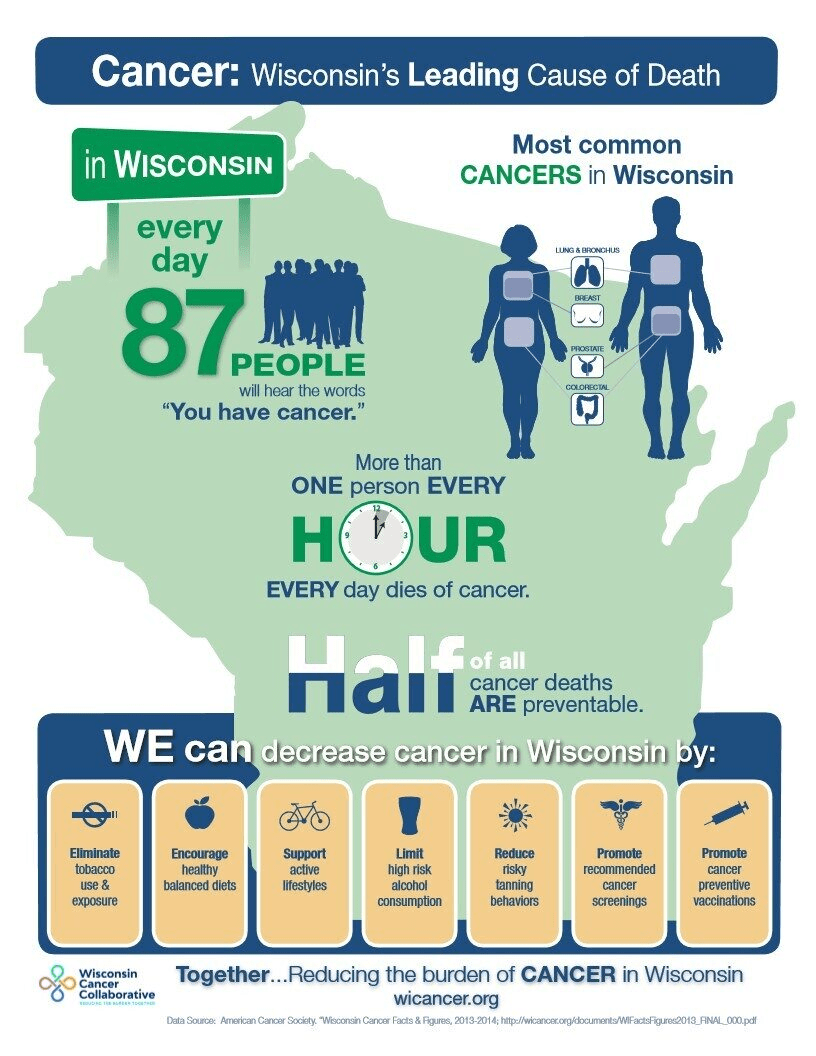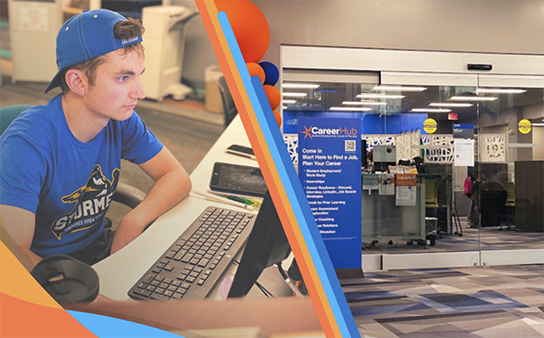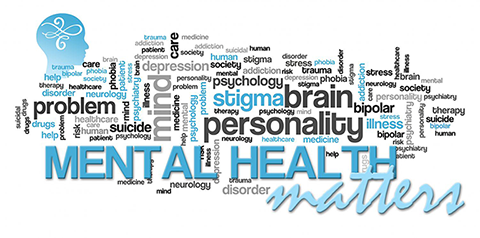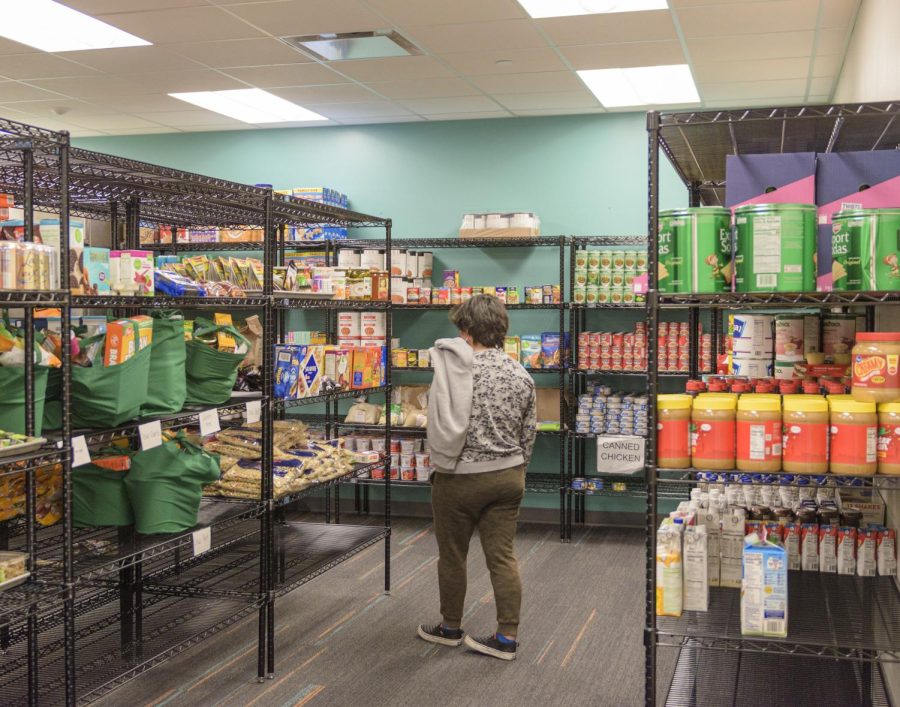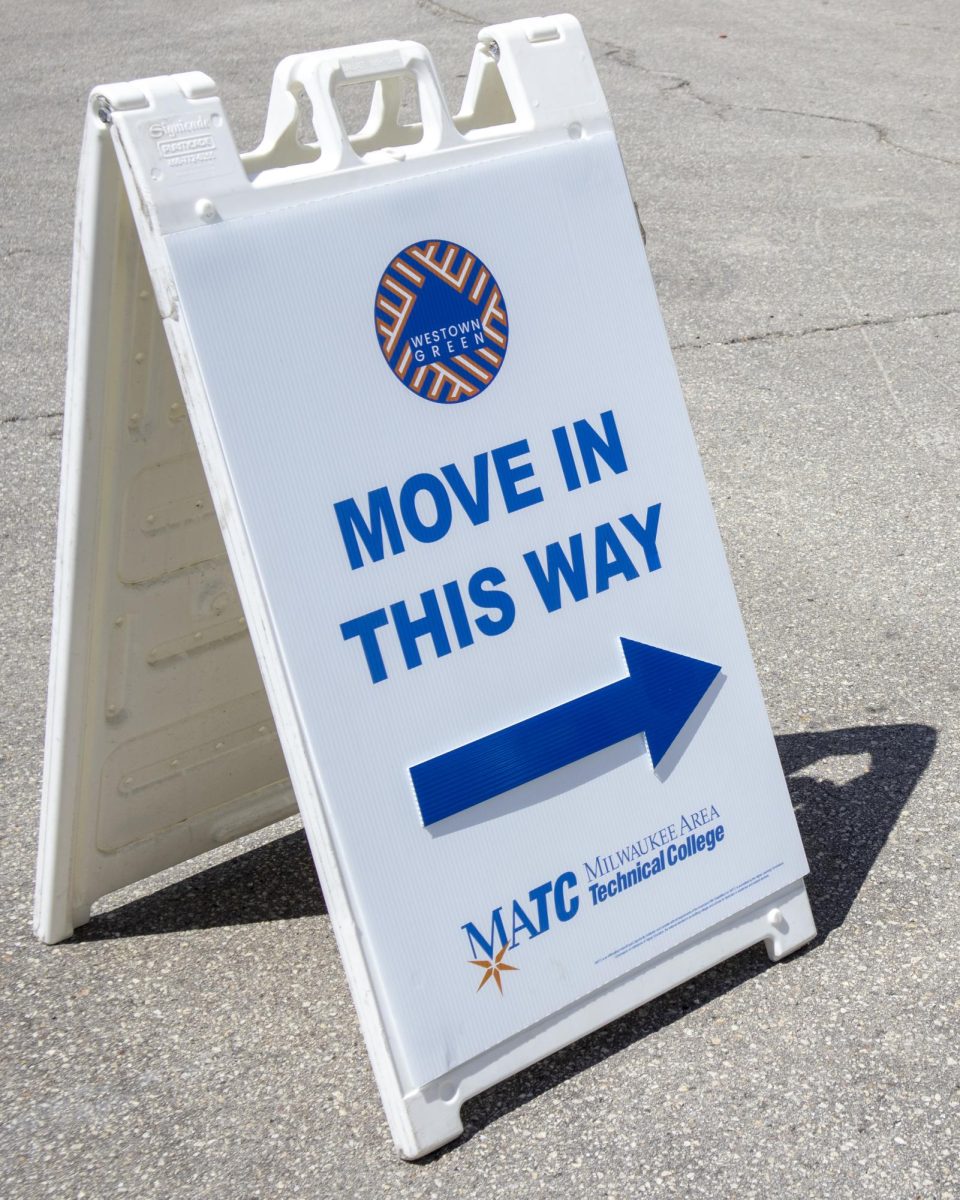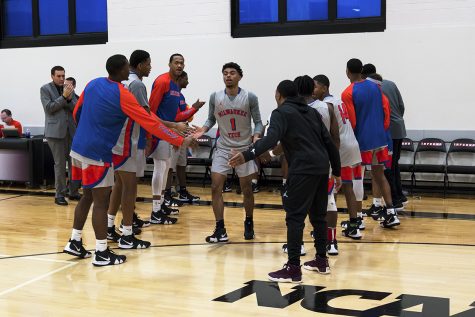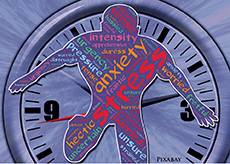Be the change in preventing school violence
It is astonishing how many young lives have been taken by senseless, school gun violence. We send our children to school to receive an education, trusting that it’s a loving and safe environment. School is a place to develop skills, knowledge, and meaningful friendships. In many cases, it is a home away from home, where teachers and staff alike adopt students as their own. So when you hear of such tragic incidents, it is an absurd unfamiliar paradigm; or so one would think.
The nation is still very saddened and in sheer disbelief after the Feb. 14, 2018, shooting at Parkland, Fla., high school. To count 14 students and three teachers dead, and dozens injured. It is the worst school shooting since the Dec. 14, 2012, massacre at Sandy Hook Elementary School that claimed the lives of 20 children and six adults. It seems that drugs and violence are a huge factor, spilling over from the streets into our schools. Unfortunately, more students are carrying weapons for protection; gunfights are replacing fistfights, and violence has become an acceptable way to settle conflicts.
With this being the case, providing a safe learning environment has become increasingly difficult. With budget cuts prevalent across the nation, many schools have lost access to once readily available in-house therapists and psychologists. Staff in most cases are either unaware, unprepared or uneducated when it comes to dealing with these types of issues. There is a plethora of variables that contribute to gun violence in our schools. Sadly, there is no right or one way to approach, to combat or to prevent gun violence in schools.
While school shootings appear to be dramatically on the rise, tallying the toll of these tragedies runs into the same problem as counting victims in mass shootings. From my research, it appears that government data typically lags by years and is often full of errors, leaving the task of tracking such incidents as they occur to third-party groups. Most media outlets are relying on either EveryTown.org, a gun control advocacy group backed by Michael Bloomberg, which tracks such incidents, or the Gun Violence Archive, an independent effort organized by volunteers to track gun violence in the United States. According to EveryTown, there have been 17 school shootings in 2018 alone, and 290 since 2013, shortly after Sandy Hook. These incidents range from mass shootings like the recent one in Florida, to accidental discharges of firearms, after-hours fights between adults in a school parking lot and suicides.
So where do we start? What can we do to prevent such tragedies in our schools? Creating a safe place where children can learn and grow depends on a partnership among students, parents, teachers and other community institutions. To prevent school violence, each partner has to take action!
Here are a few practical suggestions for young people, parents, school staff and others in our communities. This list of action items has attainable, practical suggestions compiled by the New York police department – troopers.ny.gov:
Students
Settle arguments with words, not fists or weapons. If you don’t know how, learn how.
Don’t carry guns, knives, or other weapons to school.
Report crimes or suspicious activities to the police, school authorities or parents.
Tell a school official immediately if you see another student with a gun, knife or other weapon.
Tell a teacher, parent or trusted adult if you’re worried about a bully, threats or violence by another student.
Learn safe routes for traveling to and from school and stick to them. Know good places to seek help.
Don’t use alcohol or other drugs, and stay away from places and people associated with them.
Get involved in your school’s anti-violence activities. Hold an anti-violence poster contest, hold an anti-drug rally, volunteer to counsel peers. If there isn’t a program at your school, help start one.
Parents
Sharpen your parenting skills. Emphasize and build on your children’s strengths.
Teach your children how to reduce their risks of becoming crime victims.
Know where your kids are, what they are doing, and who they are with, at all times.
Set clear rules about acceptable activities, in advance.
Ask your children about what goes on during the school day. Listen to what they say and take their concerns and worries seriously.
Help your children learn non-violent ways to handle frustration, anger and conflict.
Do not allow your child to carry guns, knives or other weapons.
Become involved in your child’s school activities, PTA and field trips, and help out in class or the lunchroom.
Work with other parents in your neighborhood to start a block parent program.
School staff
Evaluate your school’s safety objectively. Set targets for improvement. Be honest about crime problems and work toward improving the situation.
Develop consistent disciplinary policies, good security procedures and incident response plans.
Train school personnel in conflict resolution, problem solving, drug prevention, crisis intervention, cultural sensitivity, classroom management and counseling skills.
Make sure staff can recognize trouble signs and identify potentially violent students.
Encourage students to talk about concerns about activities in their school, home and neighborhood. Carefully listen to what they say.
If a student makes a threat of violence, take him or her seriously. Address the problem immediately and act to prevent a potential conflict.
When something violent and frightening happens at school or in the neighborhood, take time to talk about it. Discuss the consequences and get students to think about what other choices, besides violence, might have been available. Get help from trained counselors, if necessary.
Work with students, parents, law enforcement, local government and community-based groups to develop community-wide crime prevention efforts.
Community partners
Law enforcement can report on the type of crimes in the surrounding community and suggest ways to make schools safer.
Have police or organized groups of adults patrol routes students take to and from school.
Community-based groups, church organizations and other service groups can provide counseling, extended learning programs, before-and-after school activities, and other community crime-prevention programs.
State and local governments can develop model school-safety plans and provide funding for schools to implement the programs.
Local businesses can provide apprenticeship programs, participate in adopt-a-school programs or serve as mentors to area students.
Colleges and universities can offer conflict management courses to teachers or assist school officials in implementing violence prevention curricula.
So which partner are you? What role do you, or can you, play when it comes to preventing violence in our schools? We all need to be held accountable for our actions and in its cliché tone, “spread love.”
In my opinion, it is the lack of kindness, awareness and understanding that leads to such crimes. We have been raised in a society where we must conform, and are in some cases taught to “hush” when we need help while suffering from hurt and internal conflicts.
Be the voice, share, care and ask questions. Prevention happens in the small steps. There is no one-day solution or definite answer, although identifying your role in preventing such tragedies in our homes and communities, while educating ourselves and sharing our knowledge, can change so much. So be the change; let’s all begin there!
Criminal or Suspicious Activity
If you observe a crime in progress or behavior that you suspect is criminal, immediately contact Public Safety at
414-297-6200.



